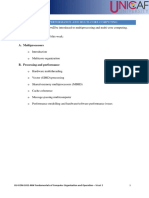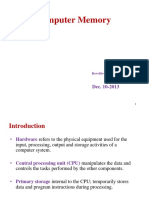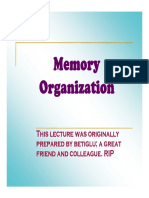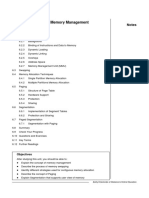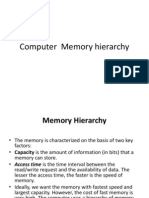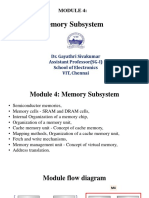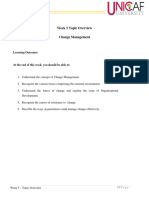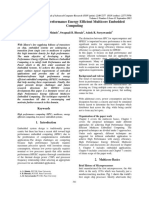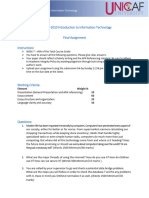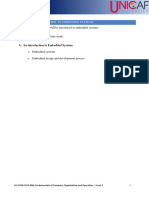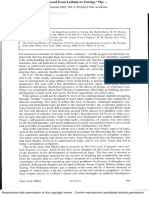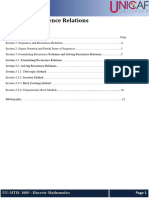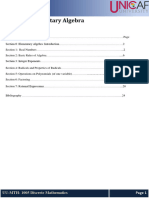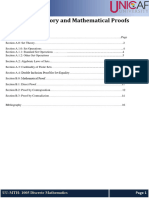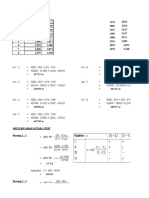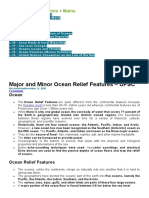0% found this document useful (0 votes)
38 views19 pagesWeek 2 - The Memory System and Instruction Set Architecture
The document discusses the memory system and instruction set architectures. It covers RAM, ROM, cache memory, and the memory hierarchy. It also discusses direct memory access, virtual memory, and memory management techniques like monoprogramming and multiprogramming. The goal is to introduce key concepts about how the CPU interacts with memory and different memory architectures.
Uploaded by
Game AccountCopyright
© © All Rights Reserved
We take content rights seriously. If you suspect this is your content, claim it here.
Available Formats
Download as PDF, TXT or read online on Scribd
0% found this document useful (0 votes)
38 views19 pagesWeek 2 - The Memory System and Instruction Set Architecture
The document discusses the memory system and instruction set architectures. It covers RAM, ROM, cache memory, and the memory hierarchy. It also discusses direct memory access, virtual memory, and memory management techniques like monoprogramming and multiprogramming. The goal is to introduce key concepts about how the CPU interacts with memory and different memory architectures.
Uploaded by
Game AccountCopyright
© © All Rights Reserved
We take content rights seriously. If you suspect this is your content, claim it here.
Available Formats
Download as PDF, TXT or read online on Scribd
/ 19




